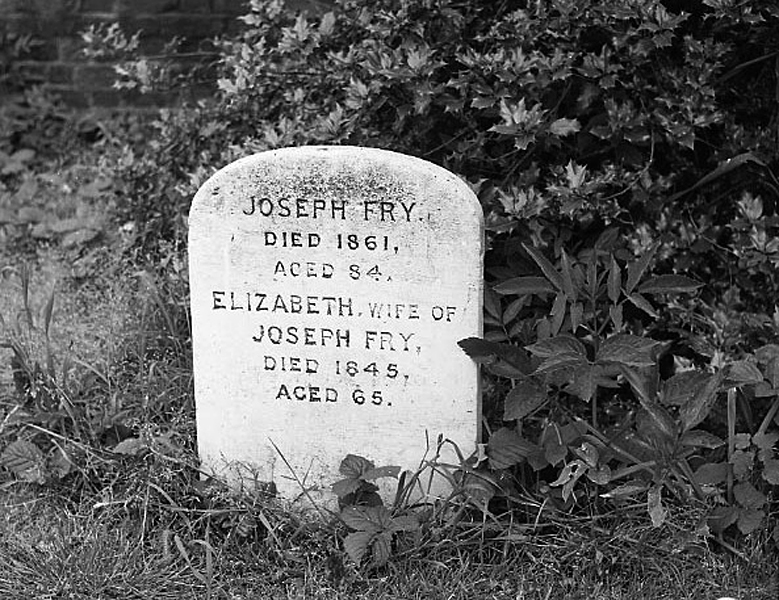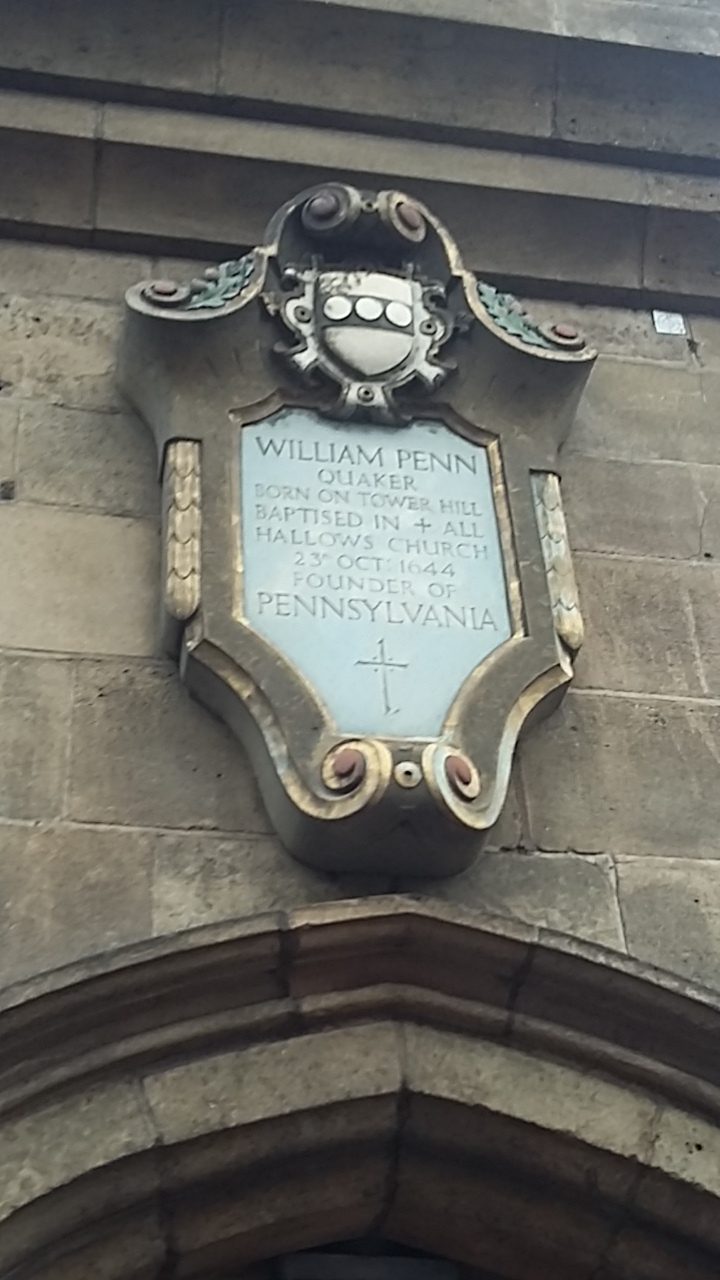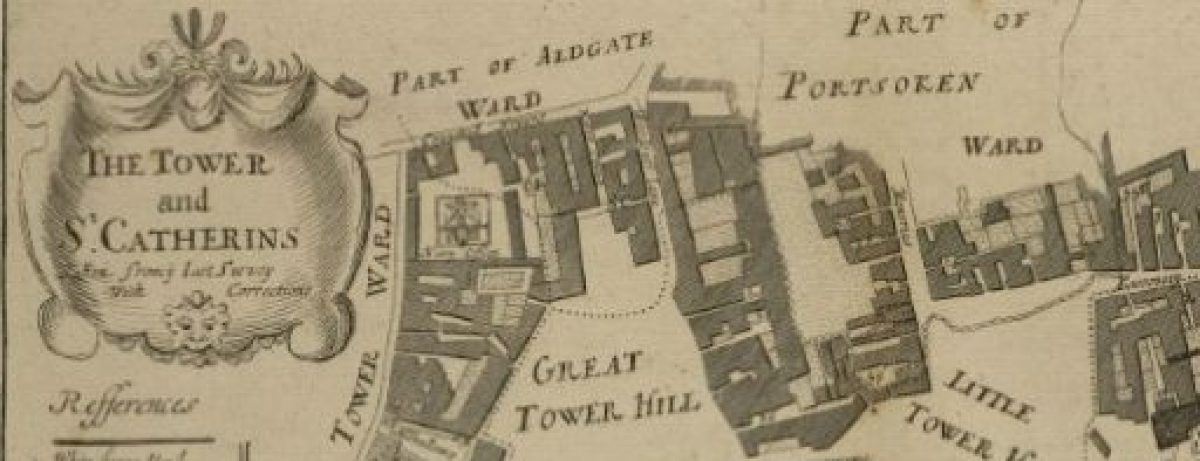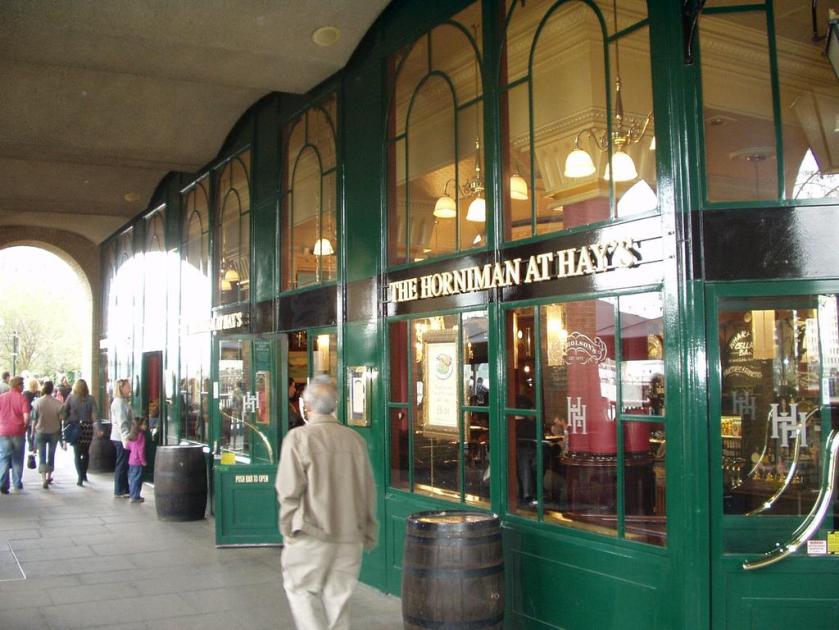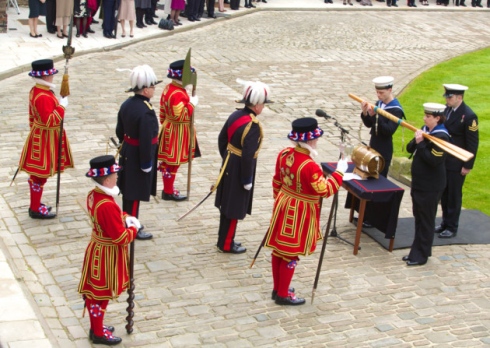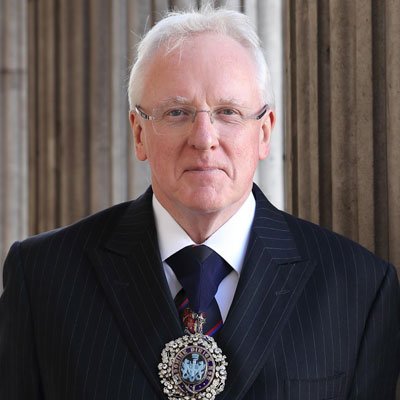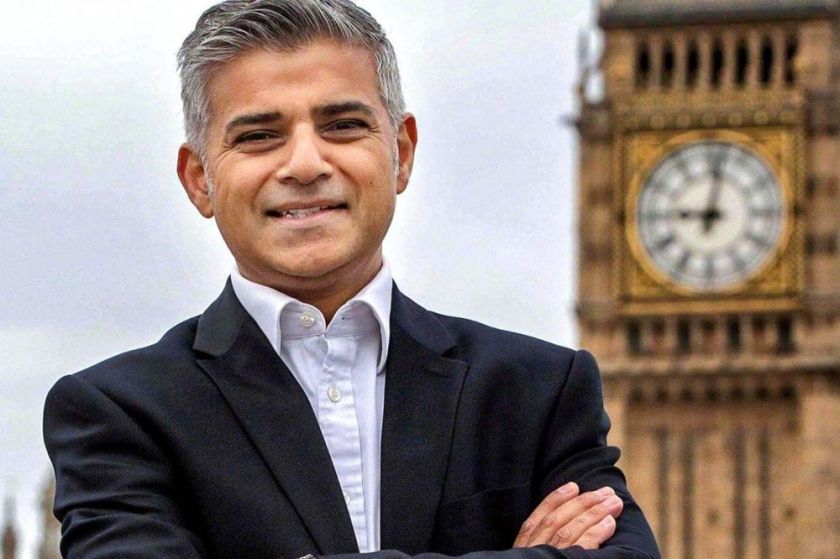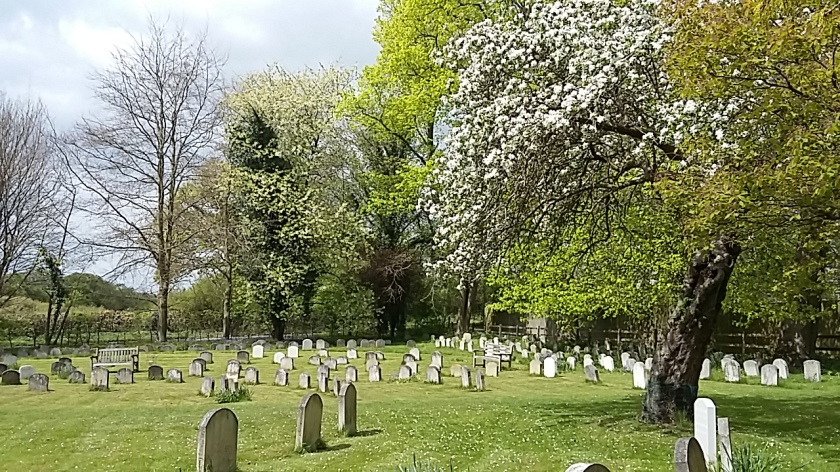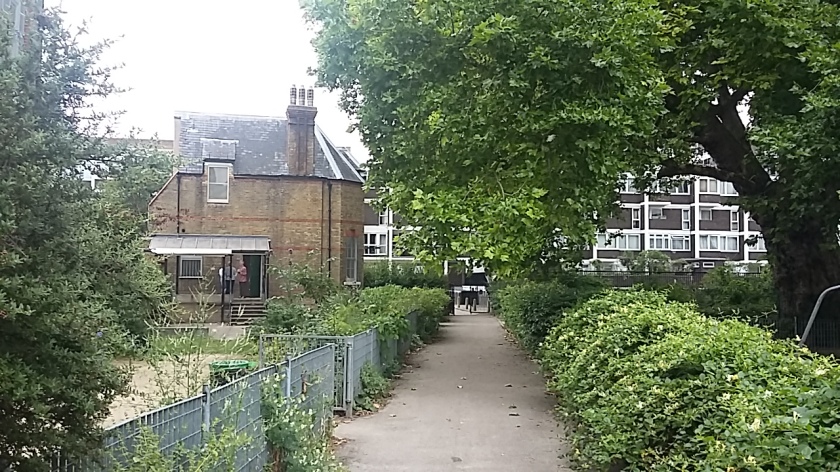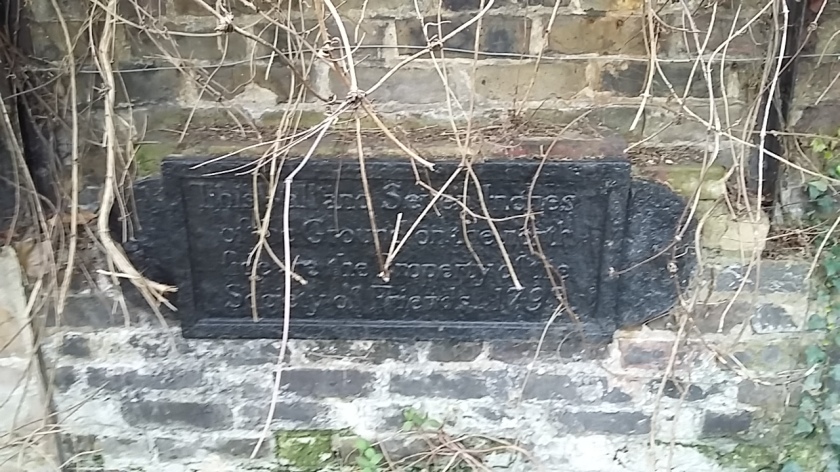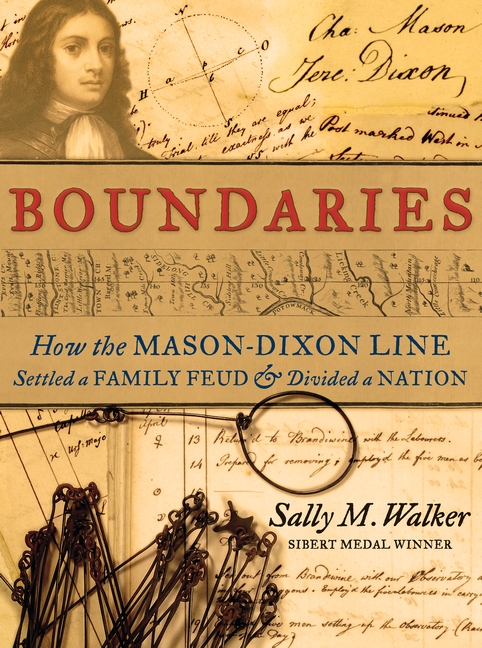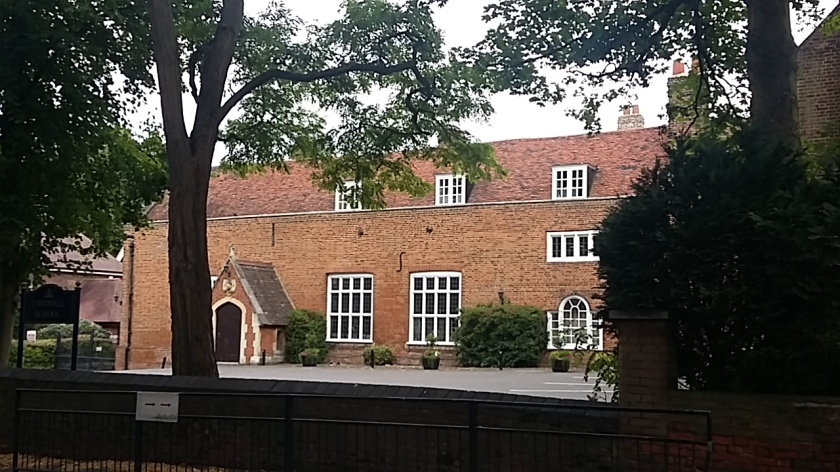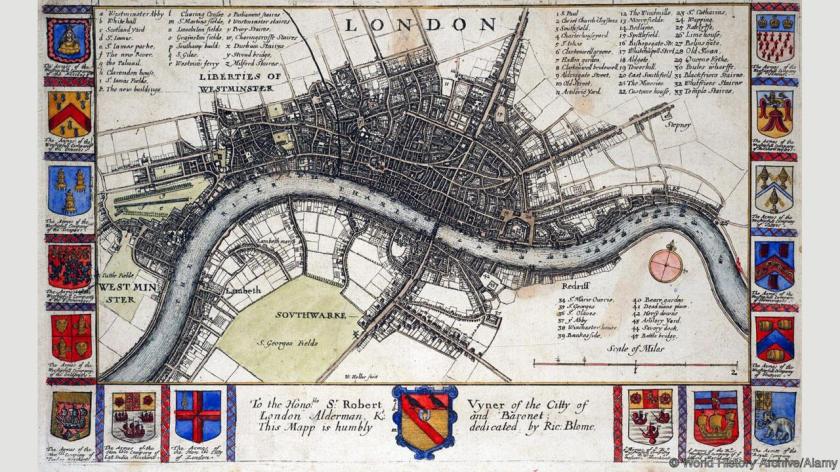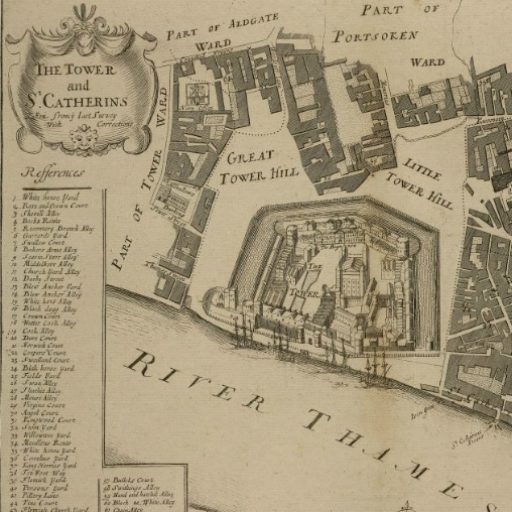William Penn Senior was an Admiral and moved his family from their house, right by the old Roman Wall, perhaps where the Grange Tower Hill Hotel is now, to live in the county, in the pretty, rural village of Wanstead. His son went to school in Chigwell.
Simple, democratic Quaker son and flamboyant Royalist Admiral father.
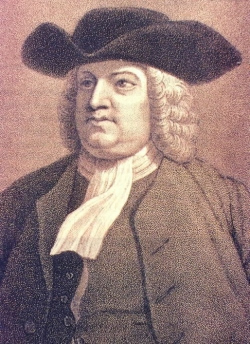

Tower Hill then was the centre of the Naval district and as an Admiral the father would have needed to be near the centre of the administration, but not when at sea. It is likely too that with his son suffering illness, some sources suggest smallpox, it would have suited the family for a number of reasons. A neighbour and also Naval Man was Samuel Pepys, who mentions the Penn family a number of times. He famous-to-Brits diary was about the period 1660 – 1669 started when young Penn was at Oxford.
Samuel Pepys was a parishioner of St Olave’s, in the Ward of Tower, calling it ‘our own church’. Admiral William Penn and others saved the church during the Great Fire of London by blowing up houses nearby to stop the spread of the Fire. He had access to the then nearby naval yards and sailors to help. This means that ‘our own church’ is one of few medieval building in the City of London. Another of course is Guildhall. Samuel Pepys and his wife have their burial memorial in the the Church.
When William Penn Jnr left home, in 1660, to seek his fortune, his father would have a number of career failure and successes, the outcome of which in simple terms was that the King, after the period of the ‘Republic’ under Oliver Cromwell, agreed to honour a debt to the father by giving land in the Colonies. This was most of the land between New Jersey and Maryland. The son inherited and was able to apply his Quaker Principles to creating a new, woody and perfect land (wood is Sylva in Latin). The son named it after his father, at least in his own mind, but it is clearly his own surname too. Pennsylvania. A good American source about the Penns, Pepys and Pennsylvania is here. https://pennsylvaniahistory.wordpress.com/tag/samuel-pepys/
Young Penn was brought up in rural Wanstead and would walk along the equivalent of the A113, about 15 miles to school and back. From Chigwell School he went to Oxford where he was sent down for his extreme and anti-establishment views, then after two years travelling on the continent, to Lincoln’s Inn to train in the Law but again did not appear to complete his studies.
The Chigwell to Wanstead journey from school back home looked like this on the sunny 2017 August Bank Holiday weekend. It is difficult to imagine children walking so far to school and back, but of course it is challenging to verify now how the journey was completed, but we know he had his basic, foundation education at Chigwell School and it served him well.
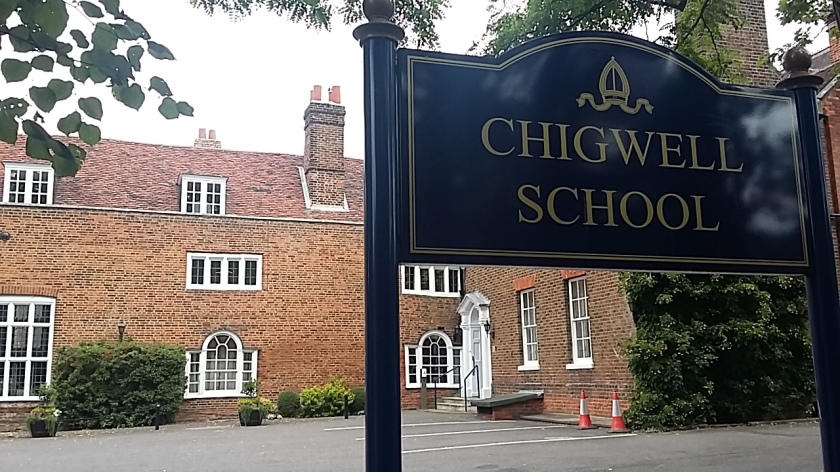
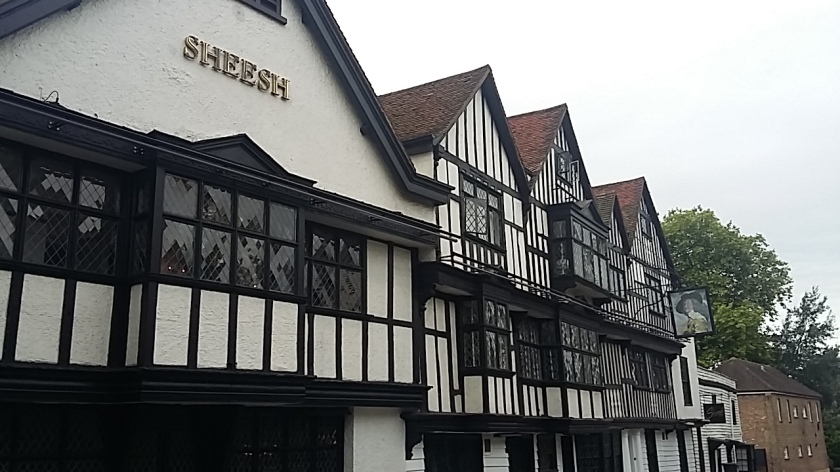
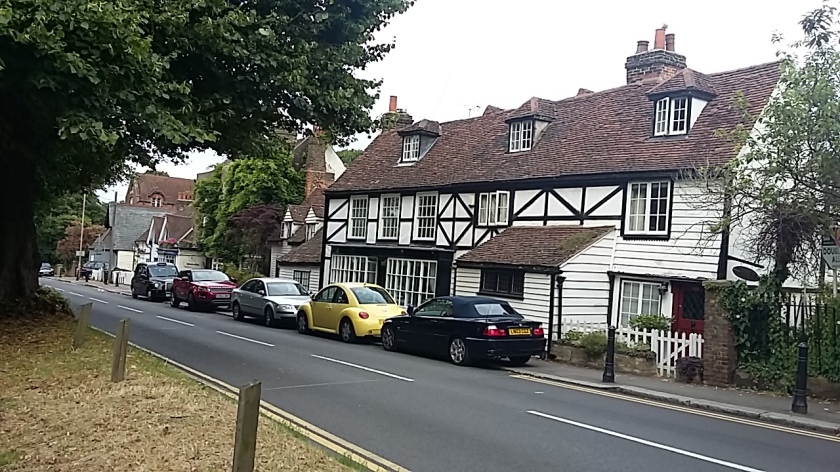
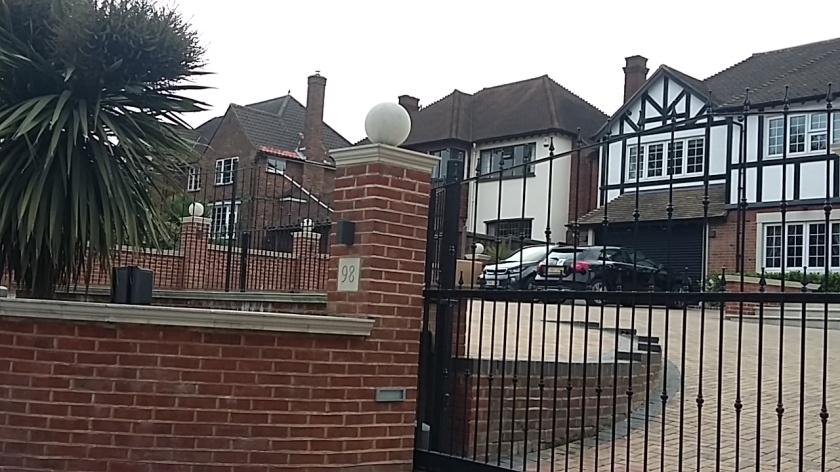
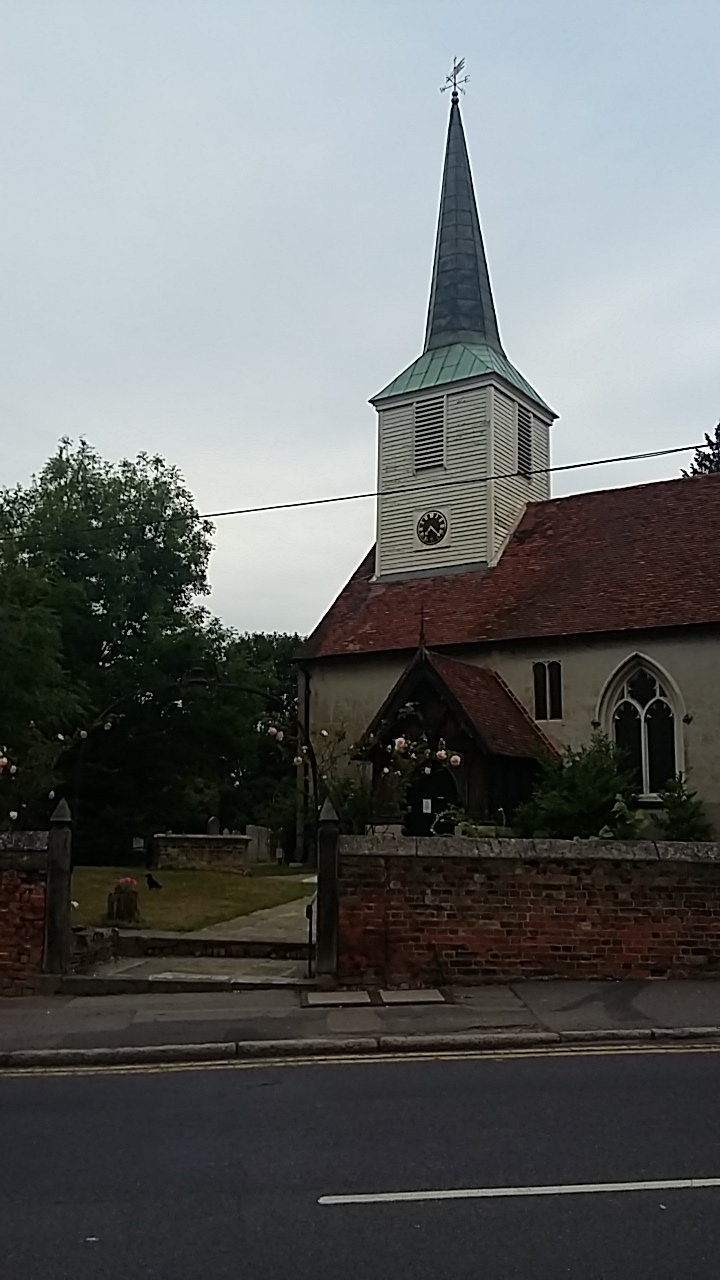
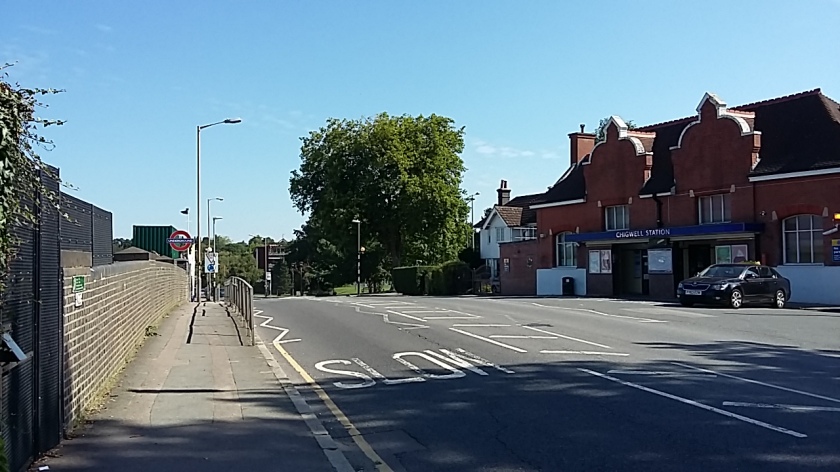
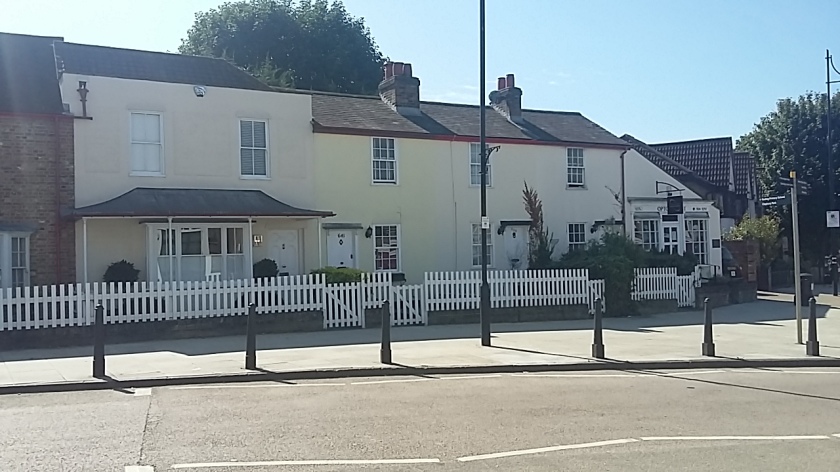
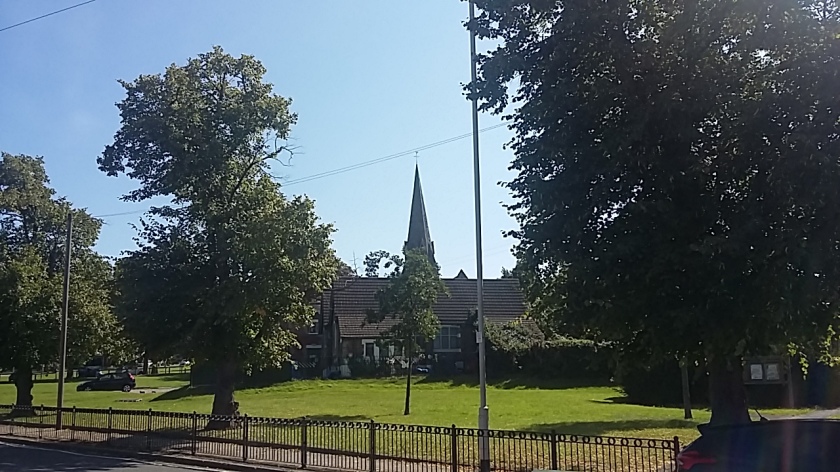
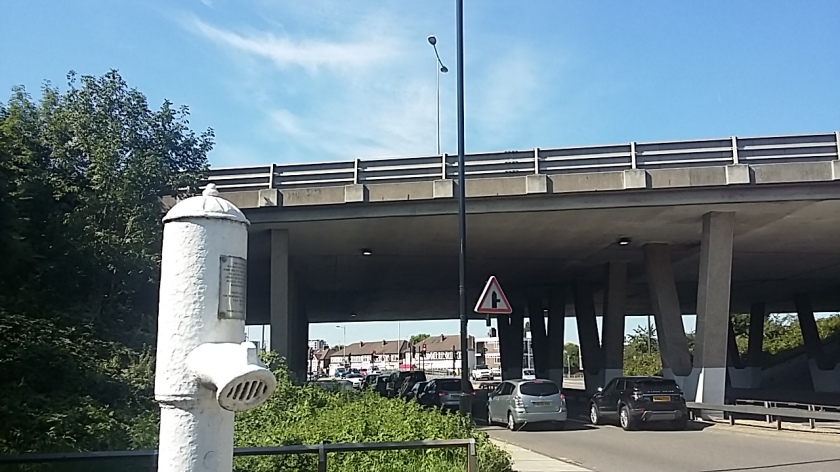
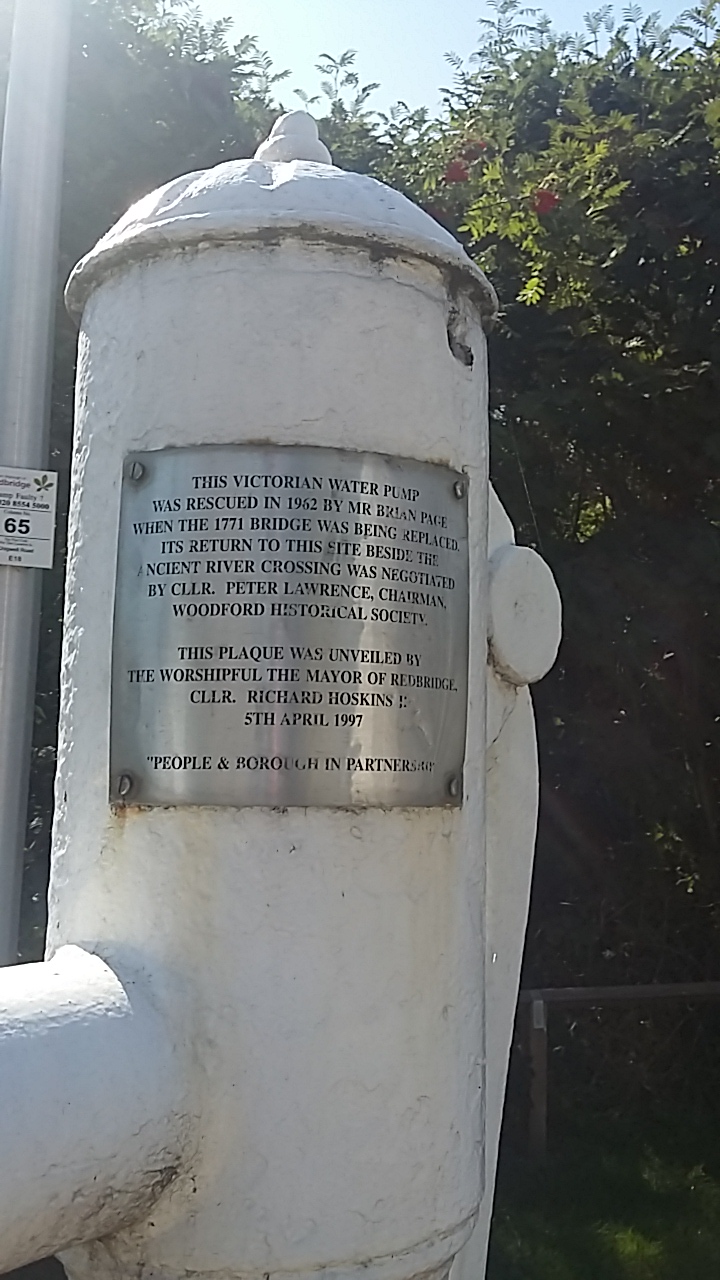
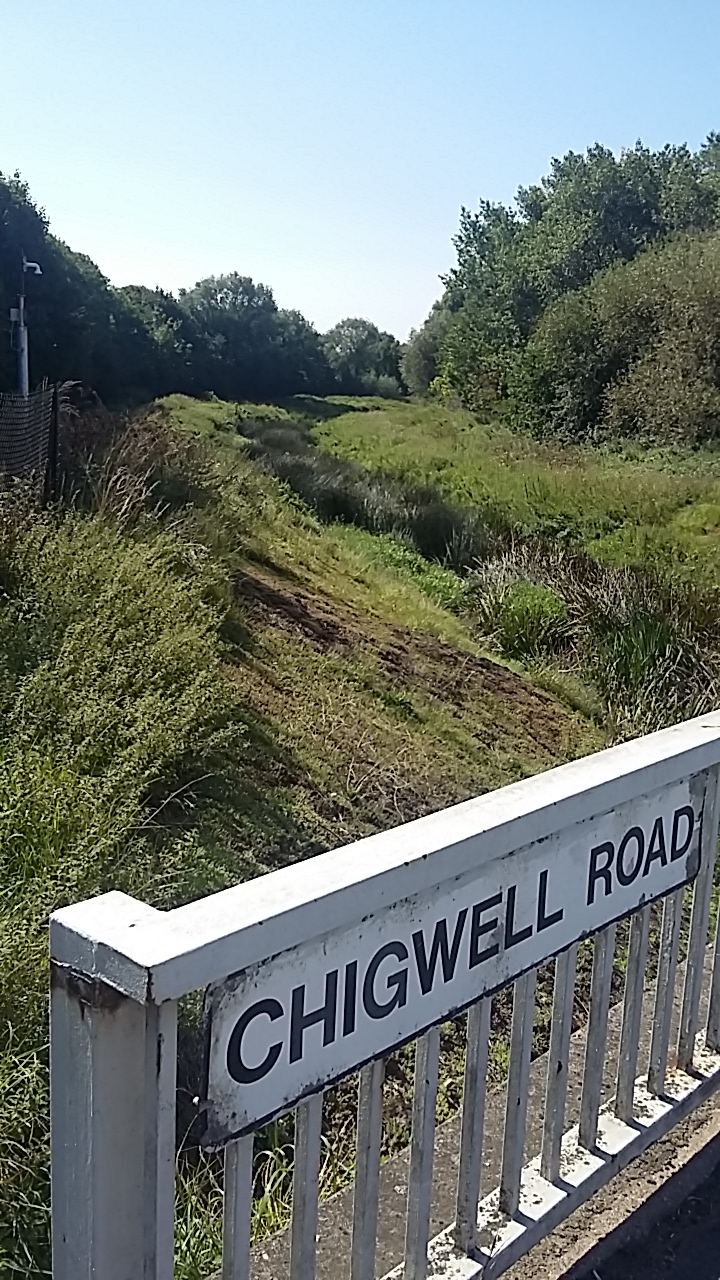
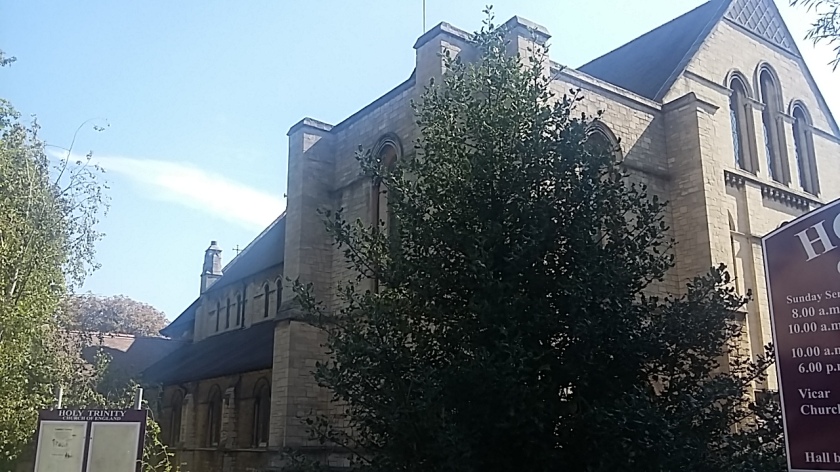
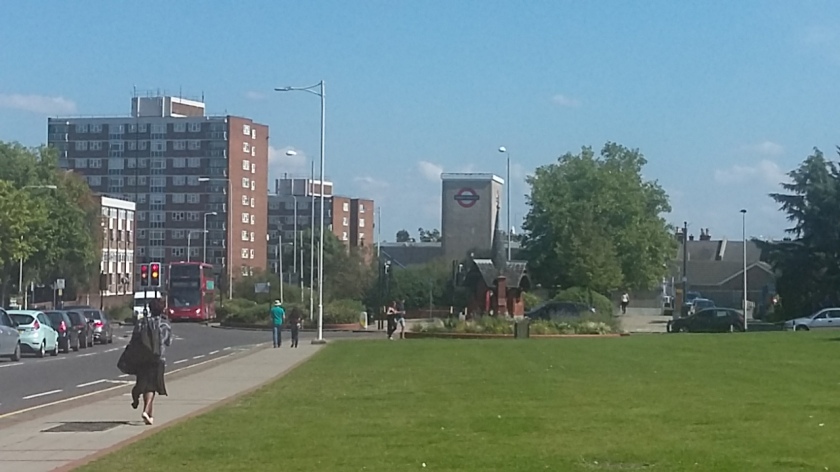
Nearby on Wanstead Flats, is the modern Quaker Meeting House, with a Quaker Burial Ground, since with the headstone of former City of London resident and heroine, Elizabeth Fry. She had moved to Barking which along with West Ham, Plaistow and South Woodford were rural places, in previous generations, that people with financial means could move and retire to. This link explains the reasons for the 1980 move of Elizabeth Fry’s headstone, with her husband’s, from Barking to Wanstead. http://www.parksandgardens.org/places-and-people/site/8973
